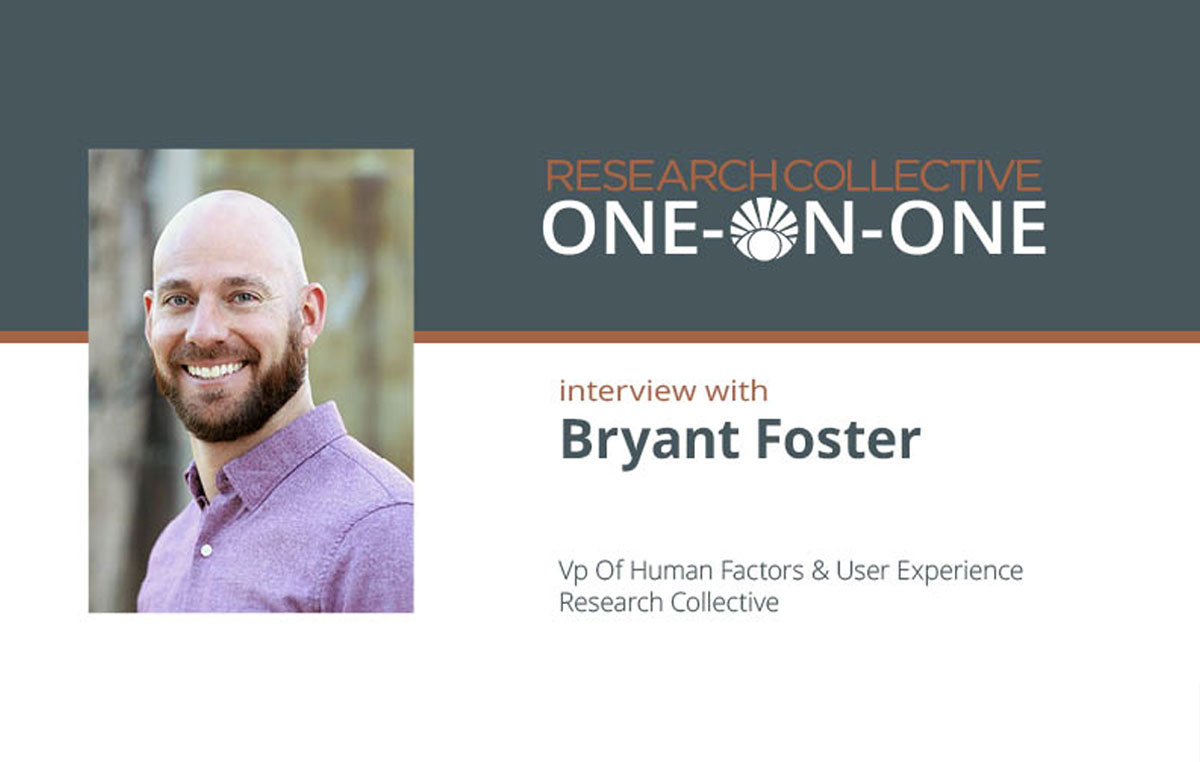Introduction
We are pleased to welcome Dr. Hanniebey D. Wiyor to this month’s Human Factors and User Experience interview. Hanniebey, a Human Factors Regulatory Officer in the U.S. Food and Drug Administration, reviews human factors reports for post and pre-market submissions for a variety of medical products and devices. In this interview, he shares common mistakes in human factors validation testing, his perspective on the FDA’s current guidance for reprocessing instructions for use (IFUs), and discusses the largest challenges manufacturers face when it comes to reprocessing.
Your Role at FDA
Russ: Welcome! Tell us about your role with regard to reprocessing submissions at the FDA.
Hanniebey: I am a Human factors Regulatory officer in the Human Factors Pre-Market Evaluation Team located in the FDA/Center for Devices and Radiological Health (CDRH) Office of Device Evaluation (ODE). I primarily review Human Factors Engineering/Usability Engineering (HFE/UE) report/data for premarket submissions to the Agency. For reprocessing device submissions,
I review HFE/UE data to ensure device labeling, reprocessing instruction documentation (including but not limited to user manuals, brochures, and quick reference guides), and use environments support adequate medical device reprocessing by the intended reprocessing staffs or technicians. Additionally, I conduct post-market signal reviews when there is concern that inadequate reprocessing use errors resulted in patient infection. Subject matter expert for panel discussions and presentations when human factors is a relevant consideration in the discussion of reprocessing issues.
Common Mistakes in Human Factors Validation Testing
Russ: What are some common mistakes that you see companies making when they submit their human factors validation testing?
Hanniebey: Some of the common mistakes human factors validation testing include but are not limited to:
Critical User Tasks
The Agency expects that Human factors/Usability validation testing should be based on critical user tasks. Often, there is no evidence or inappropriate use-related risk analysis and evaluation (use-risk assessments) leading to the identification of reprocess-related critical tasks associated with pre-cleaning, manual cleaning, disinfection, sterilization, and/or Automated Endoscope Reprocessors (AER). Note: critical user tasks are those tasks for which inadvertent reprocess error or failure to adhere to reprocessing instructions would or could result in harm or infections between patients or users.
URRA
Often, there is no evidence or inappropriate use-related risk analysis and evaluation (use-risk assessments) leading to the identification of reprocess-related critical tasks associated with precleaning, manual cleaning, disinfection, sterilization, and/or Automated Endoscope Reprocessors (AERs)”
Information about PPE
No specific information regarding the use of personal protective equipment (PPE) worn during the simulation testing. PPE such as gloves, goggles etc., can affect reprocessors’ interactions or behavior with reprocessing medical devices user (UI) interface during the reprocessing tasks.
Limited Data
There is often limited performance and subjective data collection and mostly no knowledge data for reprocessing task performance during the simulated use scenarios. Often, there is not a clear definition for what would be considered success or failure of adherence to reprocessing instructions (performance data). This often impacts how the performance, subjective and knowledge data collection, and root cause analysis are conducted.
Root Cause Analysis
Inadequate or no evidence of root cause analysis based on the adherence (performance), post-subjective responses to hesitations, difficulties, adherence deviations and knowledge assessments data.
Coaching
Sometimes, test moderators or facilitators provide coaching, directing, interrupting or instructing test participants to use RIFU manual or quick reference guide during human factors reprocess use testing and other reprocessing accessories such as brushes, etc.
Training Decay
Moderators often fail to establish the appropriate training decay period between training for each distinct Gastrointestinal/gastroenterology/endoscopy nurses and technicians and testing.
Training materials
Training materials used during testing are not finalized. Sponsors fail to follow their established representative training-the-trainee models. Use test moderators or facilitators to provide training to the test participants.
User Groups
Incomplete identification and descriptions of all distinct reprocessors/user population and subsequent recruitment issues regarding number and specialties for each distinct user population.
IFU Guidance
Russ: The FDA guidance currently recommends that manufacturers need to perform human factors validation for their reprocessing IFU. While this is important, anecdotal evidence suggests that reprocessing technicians don’t use the IFU during reprocessing, nor do they ever see the IFU. Given that, is the standard of evaluating IFUs the most appropriate guidance for manufacturers? Should the guidance be expanded?
Hanniebey: The current human factors validation testing emphasis on IFU evaluation is not totally out of place. This is because for reusable medical devices, the main device user interface (UI) is the reprocessing documentation materials such as reprocessing instruction for use (RIFU) manuals, brochures, and quick reference guides. Which leads to the human factors question posed by the Agency:
Are the user materials that are included in your device labeling and instructions for use sufficient to ensure user adherence to your reprocessing instructions? (Note: User materials include user manuals, brochures, and quick reference guides from the manufacturer that are provided to the reprocessing staff). Manufacturers and consultants need to develop adequate RIFU materials that can be used by reprocess technicians for reusable medical devices.
Challenges
Russ: What are some of the biggest challenges that manufacturers face when it comes to the area of reprocessing?
Hanniebey: One major challenge that manufacturers face is the failure to include reprocessing technicians and nurses during development of the device user interface and RIFU materials. Manufacturers fail to recognize that reusable medical devices have two distinct user groups, i.e., clinicians and reprocess technicians. Reusable medical devices’ user interface and RIFU materials are developed with little or no input from reprocess technicians and nurses.
There is great emphasis of the device UI design to meet clinician needs and requirements with complete neglect for the reprocess technicians. For example, while there is well-designed visual feedback provided to clinicians, the same device is difficult to clean and may not have visual inspection techniques available to reprocess technicians to confirm if the device is adequately cleaned.
Manufacturers often fail to recognize that reusable medical devices have two main, distinct user groups, i.e., clinicians and reprocess technicians.”
Another challenge is the size of the RIFU manuals. A typical size of RIFU manual is between 100 to 250 pages containing 40 to 200 reprocess critical user tasks associated with NOTES, WARNING, CAUTION and PRECAUTION statements. The manuals are the main reprocess UI for reprocess technicians hence these vital user documentation materials are developed without the involvement of representative reprocess technicians. It is imperative for manufacturers to engage technicians during IFU materials development to ensure its effectiveness for adequate reprocesses. Many technicians have complained that the IFU is difficult to understand and/or use.
Lastly, there are no measurement techniques or standards to adequately define user adherence (success) to reprocess tasks. The answer to this question will clearly help in developing comprehensive RIFU materials and ultimately help in human factors testing and data collection.
Hanniebey D. Wiyor, PhD | Lieutenant | United States Public Health Service Commissioned Corps
Hanniebey D. Wiyor, PhD is a Human Factors Regulatory officer in the U.S. Food and Drug Administration and a Commissioned Officer of the United States Public Health (USPHS) Service Commissioned Corps. Primarily, he reviews human factors reports for post and pre-market submissions for regulated medical products and devices, biologics, and combination product submissions to the Agency. He provides recommendations to the medical and scientific experts for FDA advisory committees. Dr. Wiyor holds an MS and PhD in Human Factors Engineering from North Carolina A&T State University. He has authored one book chapter, published several peer-reviewed journal articles, and over 30 conference proceedings in Human factors, Engineering, and Medicine.




